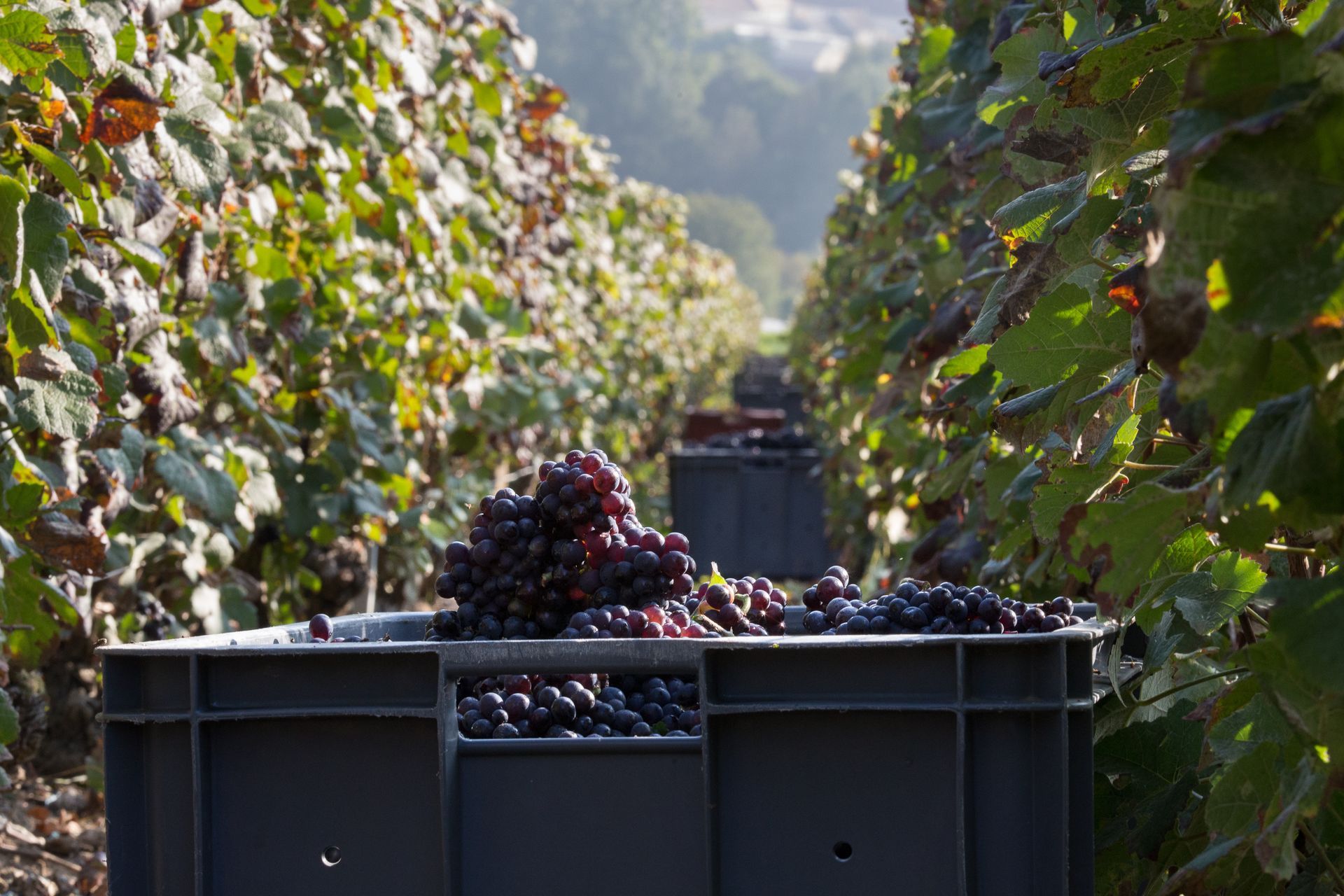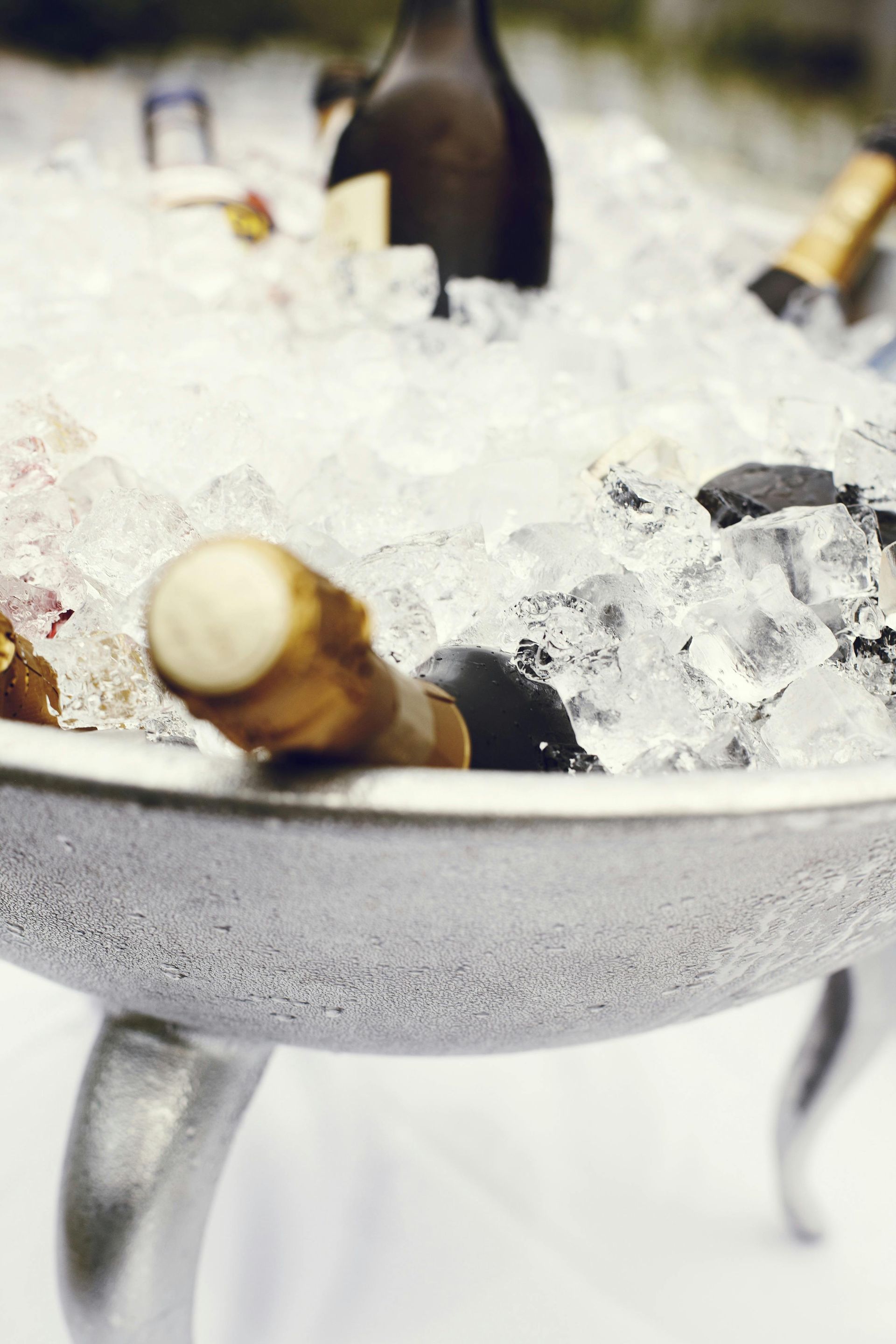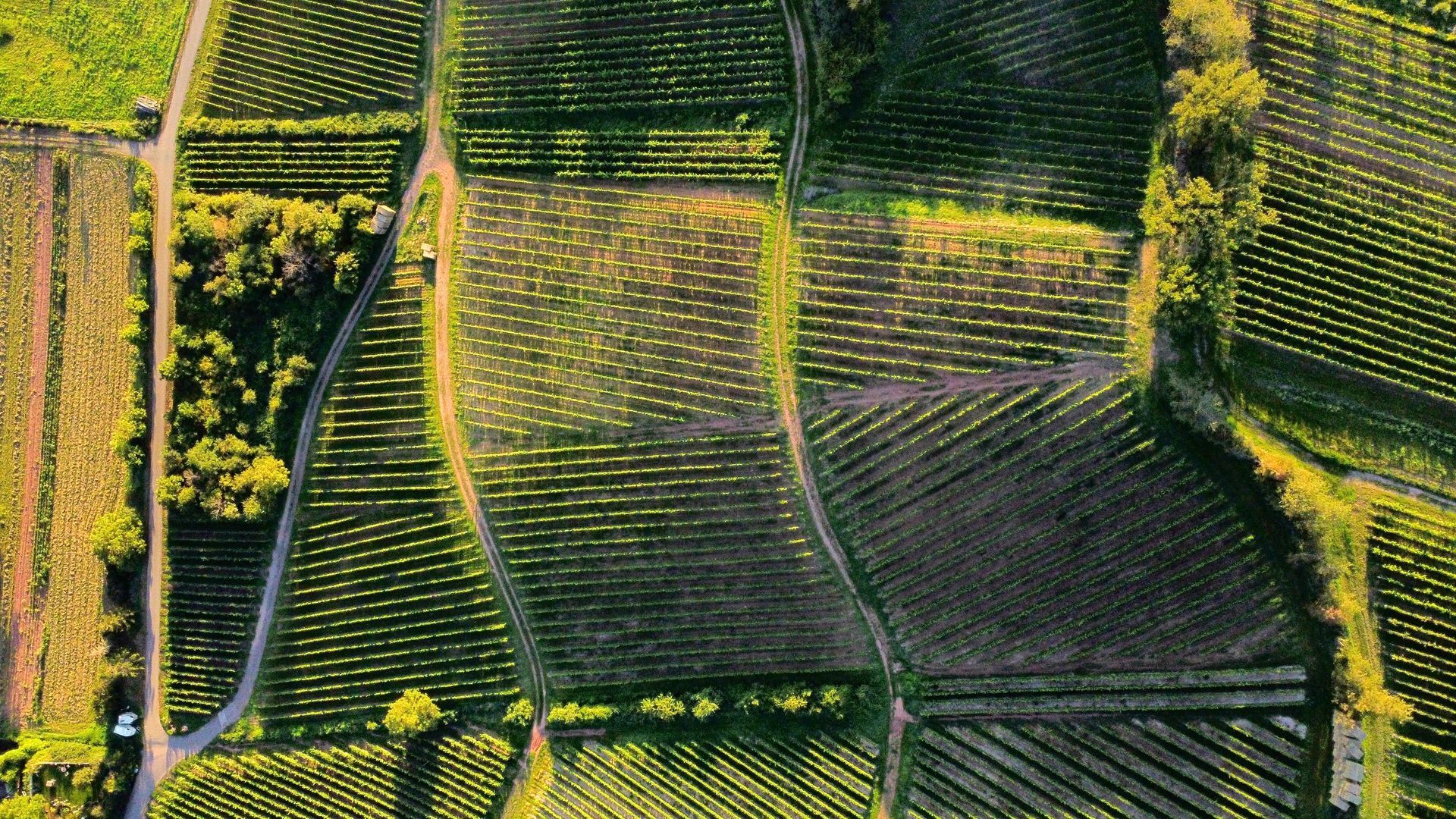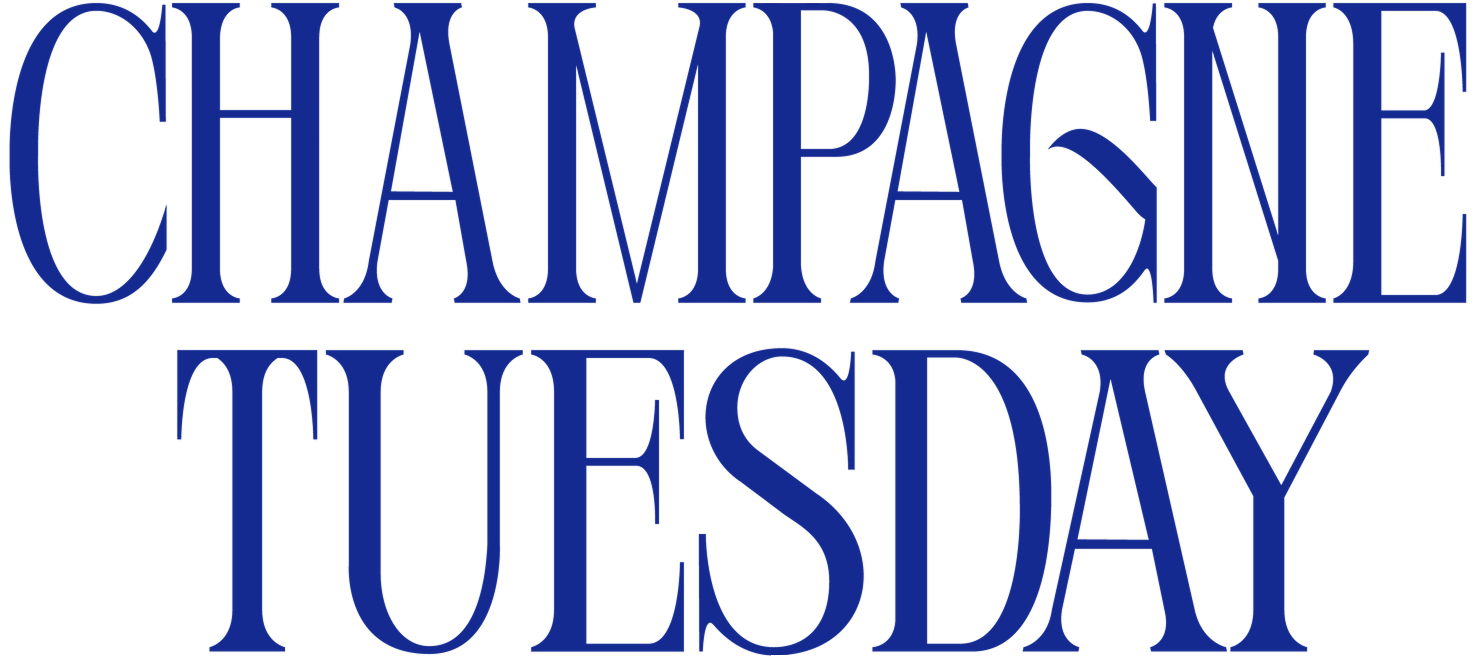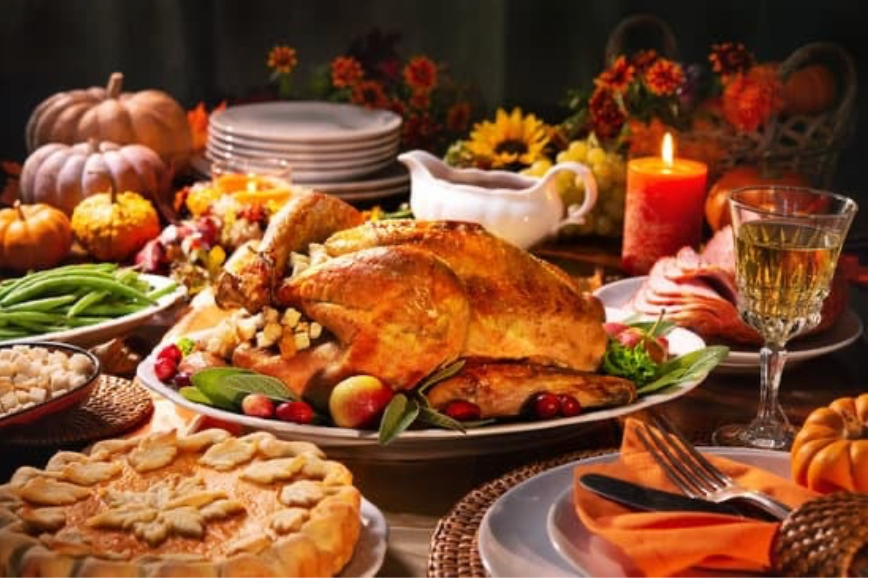What’s Bubbling Beneath the Vines: Champagne’s Sustainability Story
When you think of champagne, you probably picture elegance. Crystal glasses. Golden bubbles. Maybe a celebration.
What you might not picture is a vineyard worker checking soil cover crops, solar panels on a press house roof, or a grower tracking carbon emissions from each tractor pass.
But that’s champagne too. Or at least, it is now.

Climate Change Hits Close to Home
The Champagne region has warmed roughly 2°F (two degrees Fahrenheit) over the past 30 years. Harvest dates have moved up by nearly two weeks. Weather swings, including spring frosts, summer hail, and droughts, are more common.
This isn’t theoretical. It’s personal. And the Champenois have responded.
Big Ambitions, Measurable Goals
In 2003, the Comité Champagne (the region’s trade association, aka the CIVC) launched a far-reaching sustainability initiative. At the time, it was the first wine region in the world to conduct a full carbon footprint assessment.
The goal? Cut Champagne’s carbon emissions by 75% by 2050.
They’re already halfway there.
Among the initiatives:
- Lighter bottles: A new standard bottle weighs 835g, down from 900g. That alone cut CO₂ emissions by 8,000 metric tons annually.
- Recycling: 100% of Champagne production waste is now recycled or reused.
- Vineyard certifications: Over 60% of Champagne vineyards are certified sustainable, with many growers pushing for full organic or biodynamic practices.
Growers Leading the Way
Independent grower-producers, who farm their own grapes and bottle under their own name, have been especially proactive.
They’re experimenting with:
- Cover crops instead of herbicides
- Compost from pomace and stems
- Horse-drawn plowing to protect fragile soils
- Solar-powered cellars and rainwater harvesting
Because they live on their land, and work it, they see the changes firsthand. Many say sustainability isn’t just a marketing point, it’s a survival strategy.
A Glass You Can Feel Good About
When you open a bottle of grower champagne, you’re not just enjoying fine bubbles. You’re supporting farmers adapting with integrity. You’re voting for craftsmanship over chemicals. And you’re toasting to a future where great wine and responsible stewardship go hand in hand.
So yes, champagne still brings elegance. But now, it also brings purpose.
Even on a Tuesday.
— Pops

